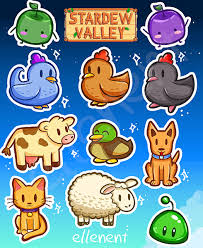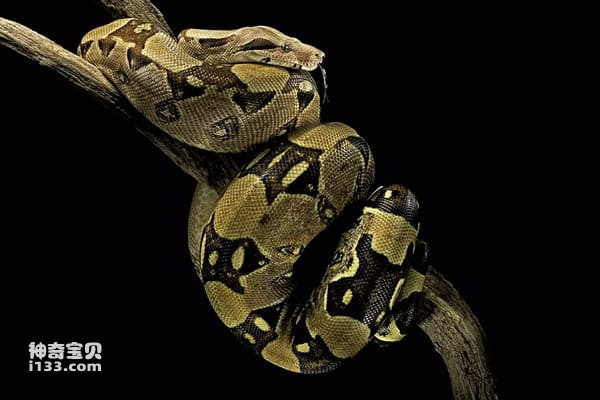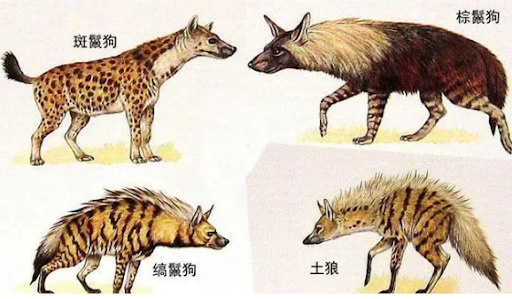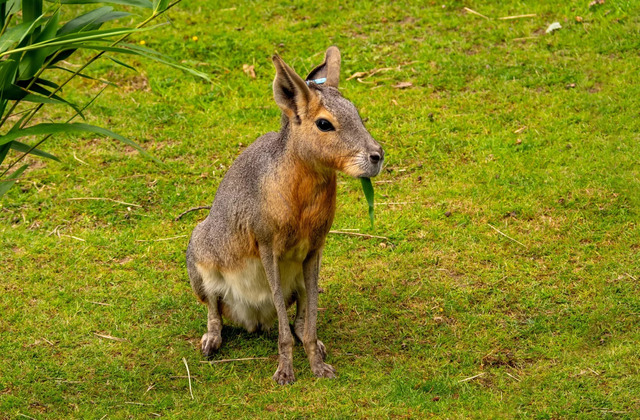In nature, fish and other animals together form a rich and diverse ecosystem. Although fish live in water, mammals, birds, reptiles Most animals live on land or in the air, but both have unique characteristics in their physiological structure, behavior, and interaction with the environment. This article will explore the relationship and differences between fish and other animals to help readers better understand the relationship between fish and other animals. better understand their importance in the biosphere.
What are fish?
Fish are vertebrate animals that live in water and come in a wide variety of species, including freshwater and marine fish. Their main characteristics include gills for breathing, scale-covered bodies, and locomotion through fins. Fish are One of the oldest vertebrates on Earth, they have evolved for more than 400 million years. Fish are not just creatures that swim in the water, they play a very important role in the global ecosystem.
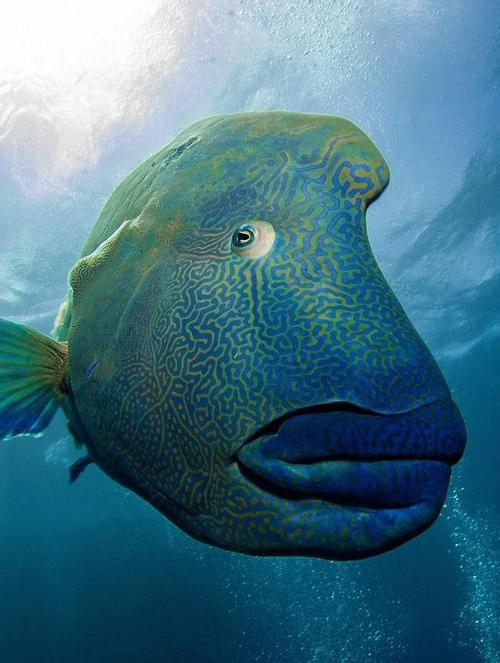
Main classifications of fish
Cartilaginous fish: This type of fish includes Sharks and rays have skeletons composed mainly of cartilage and their bodies are covered with skin rather than scales.
Bony fish: Bony fish are the most common fish. Their skeletons are made of true bones and their bodies are covered with scales. The gill cover can effectively protect the gills.
What is an animal?
Animals are a very broad group of organisms, including mammals, birds, Animals are more adaptable than fish, and can live on land, in the air, and in different water bodies. Animals often have complex behavioral patterns. , evolved diverse physiological functions, and interact with the environment in various ways.
Main classifications of animals
Mammals: Mammals feed their young through mammary glands, usually have hair-covered bodies, and can live on land, in the sea, or even in the air.
Birds: Birds are feathered vertebrates with light frames adapted for flight, although some species are flightless.
Reptiles: These animals are cold-blooded and rely on their environment to regulate their body temperature. Common examples include snakes, lizards, and crocodiles.
Amphibians: Amphibians, such as frogs and salamanders, have the dual adaptations of living in water and on land.
< p>Invertebrates: Invertebrates, such as insects, spiders, and shellfish, make up the vast majority of animal species on Earth.
Similarities between fish and animals
Although fish and land animals have many significant differences, they do have some important similarities.
1. All are vertebrates (most fish and animals)
Most fish and many animals are vertebrates, which means they have a spine made of bones (or cartilage). The spine provides structural support for the body and protects important parts of the nervous system.
2. Evolution of adaptation
For both fish and land animals, evolution is key to their survival and adaptation to their environment. Fish breathe through gills to survive in water, while land animals breathe air through lungs. At the same time, some fish and animals have evolved unique defense mechanisms, hunting techniques, and reproduction methods.
3. Diverse ecological roles
Both fish and land animals play important roles in their respective habitats. Fish help maintain the ecological balance of oceans and freshwater, controlling the number of plankton and aquatic plants. Animals help regulate ecosystems on land and in the air through food chains and competition between species.
Major differences between fish and animals
1. Breathing method
Fish breathe oxygen through gills, absorbing oxygen from the water, while most land animals breathe air through lungs. The structure of gills and lungs is completely different, adapted to the needs of their respective environments.
2. Movement method
Fish rely on fins to swim in the water, and their streamlined body structure helps them move quickly through the water. Land animals have evolved limbs or wings to help them walk, run on land, or fly in the sky.
3. Thermoregulation
Many fish are cold-blooded, meaning their body temperature changes with the temperature of their surroundings. Among land animals, mammals and birds are warm-blooded and can regulate their body temperature independently of changes in ambient temperature.
4. Reproduction
Fish reproduce in a very different way than mammals. Most fish reproduce by external fertilization, where the female lays eggs and the male releases sperm into the water for fertilization. Most mammals, on the other hand, reproduce by internal fertilization, where the offspring develop inside the mother and are born through childbirth.
Complementarity between fish and animals in an ecosystem
Although fish and land animals live in different environments, their interactions help maintain ecological balance. For example, birds such as seagulls prey on fish, and some mammals such as dolphins and sea lions also rely on fish as their main food source. On the other hand, fish indirectly affect the growth of terrestrial plants and the health of water quality by eating plankton and aquatic plants.
Some fish, such as salmon, have complex life cycles and swim back from the ocean to freshwater rivers to spawn. This behavior not only affects the continuation of fish populations, but also provides an important food source for animals along the way.
Fish and other animals together form a closely connected network in the biosphere. Although they live in very different environments and have different physiological structures and behaviors, their roles in the ecosystem are indispensable. By understanding the relationship between fish and other animals, we can not only better understand the complexity of nature, but also enhance awareness of biodiversity conservation.
Protecting the habitats of fish and terrestrial animals is a key step in maintaining global ecological balance. Only in this way can we ensure that future generations can continue to enjoy a rich natural environment.
Is fish an animal
Yes, fish are animals. Specifically, fish belong to the phylum Vertebrata, which is part of the kingdom Animalia. According to animal taxonomy, fish and other vertebrates (such as Fish belong to the kingdom Animalia, along with mammals, birds, reptiles, and amphibians. Here are some key points to explain why fish are animals:
Fish belong to the Phylum Vertebrata: Fish are vertebrates, which means they have a spine or skeletal structure. This is similar to other animals, such as mammals and birds, all of which All belong to the same phylum, namely the Vertebrate Phylum.
The basic biological characteristics of fish are consistent with those of other animals:
Cell Structure: Fish bodies are made up of animal cells, which have no cell walls, like all other animals.
Breathing: Fish breathe through gills (unlike mammals, which have lungs), but they still need to get oxygen from the environment.
Movement: Fish use their fins to move, and like other animals, they have specific ways of moving.
Reproduction: Most fish reproduce by laying eggs, similar to how many other animals reproduce.
Feeding and digestion >: Fish, like other animals, need food for energy and have a complex digestive system to digest food.
Therefore, fish are undoubtedly animals, and they are part of the animal kingdom just like mammals, birds, reptiles, etc.



